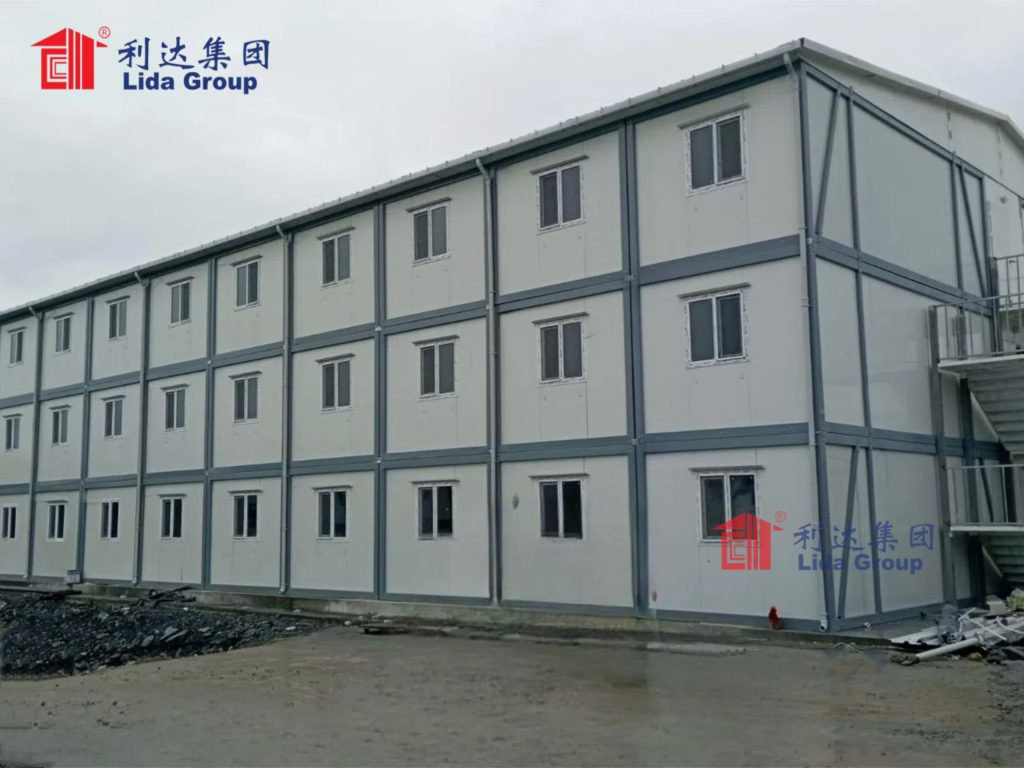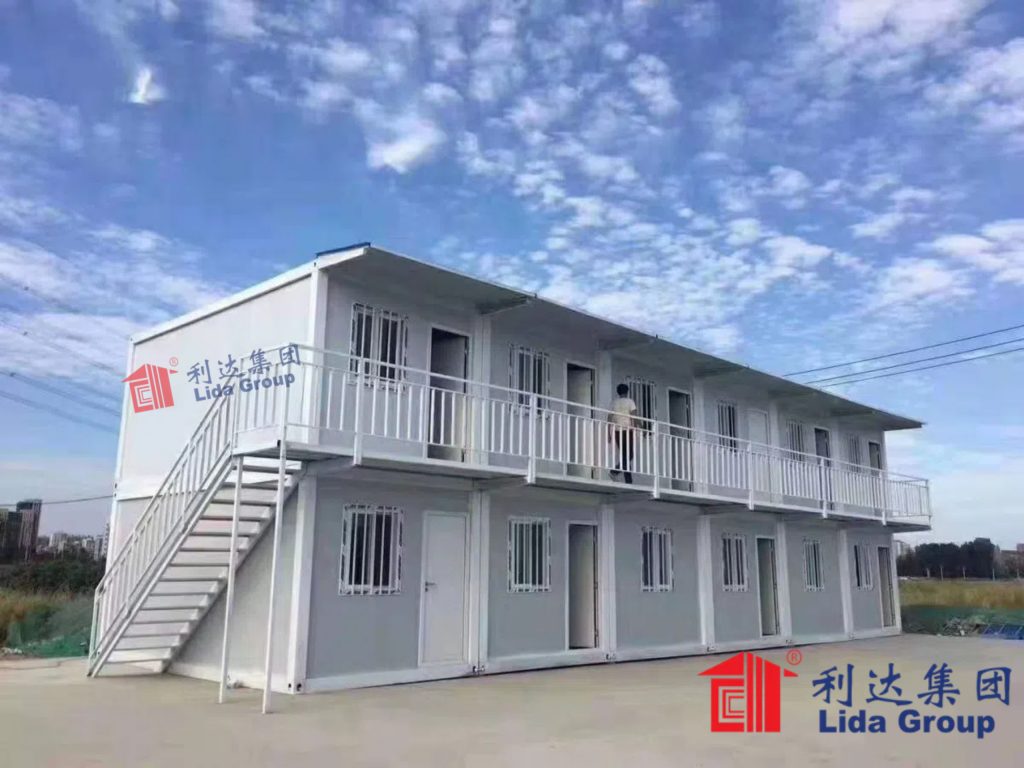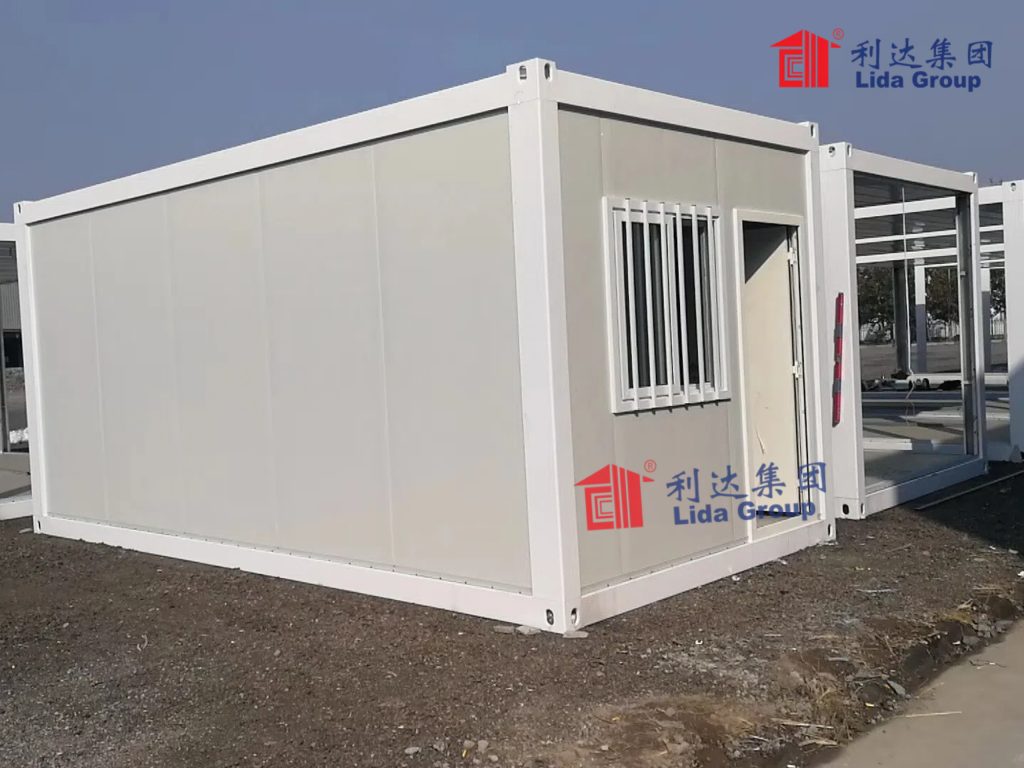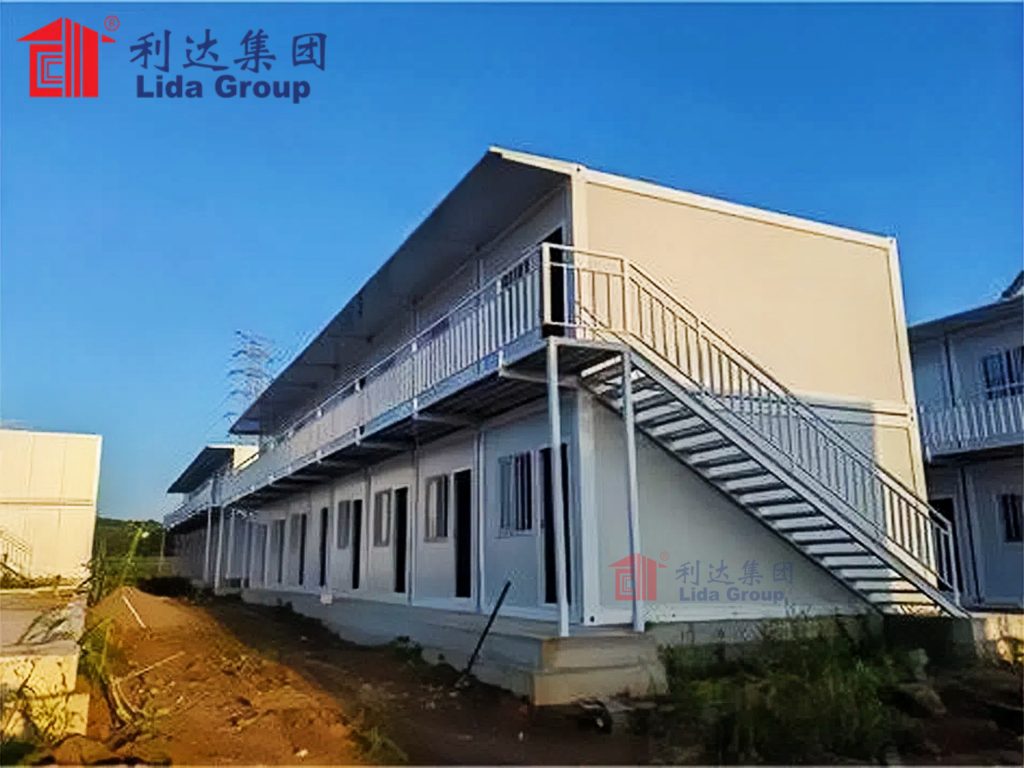Relief Organizations Test Affordable Mobile Housing Prototypes
As conflict and climate change displace record numbers of people worldwide, relief organizations are seeking innovative and affordable housing solutions for displaced populations. One such solution being tested is mobile housing prototypes developed by Lida Group, an international engineering and design firm, comprising refurbished shipping containers outfitted with lightweight insulated wall systems. Several major relief organizations have partnered with Lida Group to pilot test their mobile housing units at displacement sites and refugee camps, with the aim of gathering user feedback and performance data to assess the viability and scalability of the concept.

Global Approaches to Displacement Crises
The scope and complexity of global displacement crises due to conflicts, violence, and natural disasters has grown exponentially in recent decades. By the end of 2020, a record 82.4 million people were forcibly displaced worldwide according to UNHCR figures. Of these, over 26 million were classified as refugees who had crossed international borders due to conflict or persecution in their home countries. The remaining majority were internally displaced persons (IDPs) who did not cross borders but were nevertheless displaced within their home country. Vast camps and informal settlements have sprung up near conflict zones and borders to house hundreds of thousands of displaced people lacking adequate shelter, services, and protection.
While governments and development agencies focus on durable solutions like resettlement or enabling safe return when conditions permit, relief organizations play a crucial immediate role in meeting basic needs during active crises. A predominant approach has been the erection of temporary shelters, usually tents, to house displaced populations until more permanent solutions can be found. However, tents provide only rudimentary protection and are not suitable for longer-term habitation, with weather and terrain posing challenges. Portable prefabricated structures or modular buildings offer improved livability but come with higher per-unit costs and logistical hurdles in deployment at large scales.
Given these constraints, relief organizations have increasingly looked at innovative lower-cost housing concepts that deliver improved standards of living in temporary settlements while remaining mobile and scalable. Container housing prototypes developed by Lida Group offer several advantages that make them promising candidates for field-testing under operational conditions at displacement sites. If proven viable, they could provide a transitional sheltering solution to bridge the gap between the limitations of tents and the higher costs/complexities of more permanent modular buildings.

Lida Group’s Mobile Housing Prototypes
Lida Group’s mobile housing prototypes leverage refurbished 20-foot and 40-foot steel shipping containers as the structural frames. By reusing discarded cargo containers, significant material and production cost savings are achieved compared to purpose-built frame systems. The containers are also prefabricated off-site and come equipped with reinforced floors, making them structurally sound buildings blocks that can be transported and assembled rapidly.
Once on location, the containers are outfitted internally with lightweight insulated wall panels and fitted windows and doors. Lida’s panels use structurally-integrated insulating materials sandwiched between strong composite boards, providing improvedthermal properties compared to standard tents or tarp structures commonly used in camps. The wall systems are installed inside the containers to divide the interior into rooms without compromising the overall structure or mobility of the units.
Roofing is also upgraded from tents through the installation of waterproof membrane sheets supported over the container tops. Basic water, sanitation and electrical systems are integrated to provide running water, flushing toilets, energy for lighting and device charging. Furnishings are kept modular and movable to maintain flexibility of interior configurations depending on household sizes and needs. Multi-container groupings can be joined together to form larger community housing blocks if required.

Testing in the Field
Several prominent relief organizations including the International Rescue Committee (IRC), Norwegian Refugee Council (NRC), and International Organization for Migration (IOM) have partnered with Lida Group to trial test its mobile housing prototypes at displacement sites. These include refugee camps in Bangladesh, IDP sites in conflict zones of Yemen and Lebanon, and areas impacted by cyclones in Mozambique.
The testing and evaluation process involves deploying prototype units to sites selected based on need, terrain suitability, and security conditions. Families and individuals from the displaced populations are then selected to live in the housing on a voluntary basis and provide user feedback over 6-12 month periods. Feedback surveys capture data on protection, livability, cultural appropriateness, and technical performance pertaining to factors like insulation, water-tightness, and durability.
Concurrently, subject matter experts from the partner organizations conduct technical assessments and monitor unit conditions to evaluate structural integrity, weather-resistance of wall/roofing systems, ease of repairs, and overall functionality over time under local climate stresses. Cost data is also collected on deployment, utilities, and maintenance to model projected full lifecycle costs. Environmental impact is examine through waste generation and potential for deconstruction/reuse at end of service life.

Preliminary Findings and Perspectives
The majority of initial deployments and pilot testing of Lida Group’s prototypes have concluded, with final analysis and reports currently being prepared by partner organizations. However, some preliminary findings and perspectives have been shared:
– User feedback surveys show high ratings for sense of privacy, security and weather protection offered by the container houses compared to tents. Families particularly appreciate the multi-room configurations allowing separation of sleeping/living areas.
– Insulated wall panels are performing well at maintaining thermal comfort even during temperature extremes seen in places like Yemen. Initial structural assessments also find no issues with wall or roof integrity after heavy rain/wind events.
– While rigid and non-expandable, the container frameworks have proven adaptable through multi-unit clustering. Joint community configurations allow shared facilities like cooking/ablution blocks to be integrated.
– Deployment timelines of under 4 weeks are significantly faster than conventional temporary shelter setups. Units can also be easily repositioned or transported elsewhere if conditions change.
– Predictive life-cycle cost analyses indicate overall lower costs than prefab modular buildings when replacement construction materials, transport, and on-site assembly are considered. Maintenance needs have also been manageable.
– No significant environmental issues have been reported so far in terms of waste streams generated or reusability potential of components at end of usable lifespans in each context.
– Challenges noted include ensuring sufficient water and power access in some remote areas, and addressing privacy/separation concerns raised by a few conservative cultural contexts.
Overall preliminary reactions to the concept have been positive from displaced communities as well as partner organizations overseeing the trials. If the final consolidated evaluation reports also validate technical performance, livability, and cost-effectiveness, scaling up production of the Lida Group container housing prototypes could potentially address critical transitional shelter needs globally.

Conclusion
The growing scale and protracted nature of contemporary displacement crises demands continuous innovation in temporary shelter concepts that balance humanitarian priorities with financial and logistical constraints. While tents remain the predominant immediate response, new solutions are needed to provide better standards of living in displacement situations lasting months or years. Pilot testing of Lida Group’s mobile housing prototypes comprising refurbished shipping containers outfitted with insulated wall systems indicates they may offer such an improved transitional shelter option.
Initial user and technical feedback gathered through field trials conducted in partnership with relief organizations has been promising. Cost, structural stability, climate resilience and deployment advantages over tents or prefabricated buildings seem to be borne out so far. If final consolidated evaluation reports from multi-year trials also validate findings, large-scale production and deployment could help close critical gaps in relief assistance around the world. Continuous engagement with displaced communities and humanitarian actors will also be vital to inform necessary future enhancements addressing local environmental, cultural or programmatic needs. With further refinements, container housing solutions may emerge as a scalable model bridging immediate emergency shelters and more durable post-crisis settlements.

Related news
-
Engineers specify inclusive prefabricated wellness units from Lida Group equipped with composite panel laundry, medical and kitchen amenities within mobile labor camps.
2024-10-31 11:11:35
-
Schools construct multipurpose noncombustible buildings from Lida Group's structural steel system affording safe covered recreation and vocational training spaces.
2024-10-29 15:01:27
-
Township approves applications to construct essential service facilities using durable low-cost waterproof steel structural systems within building codes supplied by Lida Group.
2024-10-29 17:37:03
contact us
- Tel: +86-532-88966982
- Whatsapp: +86-13793209022
- E-mail: sales@lidajituan.com


